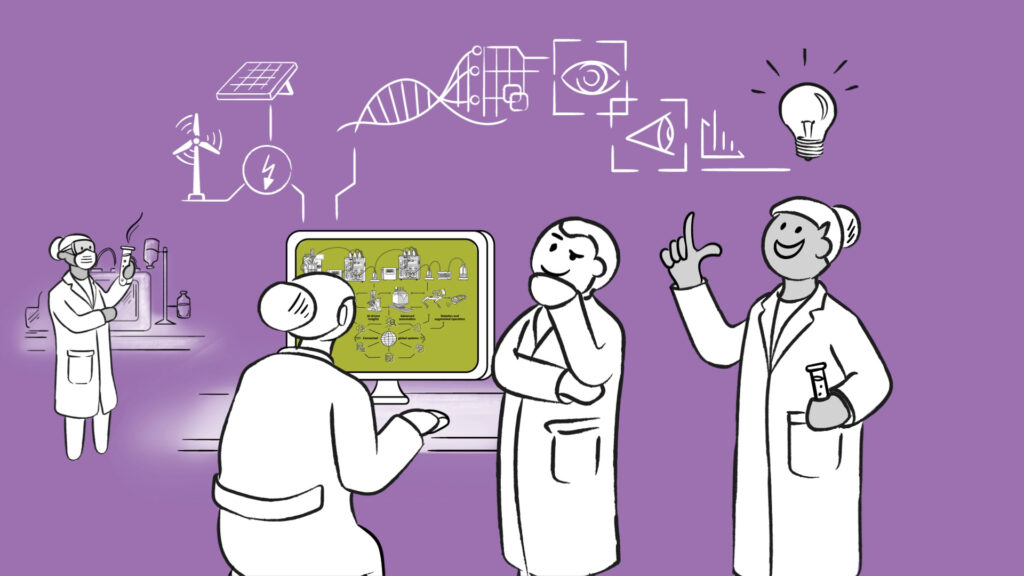Animation is not just for entertainment; it is a powerful tool in the medical industry. From patient education to surgical simulations, medical animations are revolutionising the way healthcare professionals communicate, educate, and innovate.
In the current climate, animation and VR simulations could help healthcare providers to minimise the risk of malpractice. A 2021 study, found that an increased number of researchers have taken an interest in medical negligence.
This can only mean that larger swathes of the general population will have more knowledge about medical negligence claims and more access to paths they can use to pursue compensation.
With the World Health Organisation championing patient safety programs, organisations within the medical industry need to find solutions that improve the quality of service they deliver.
As medical animations become more sophisticated, they can be tailored to individual needs; for both healthcare professionals and patients. This could include personalised content.
Moreover, animated apps and tools can empower patients to manage their health better. From tracking medications to visualising the effects of lifestyle changes, patients can become active participants in their aftercare and recovery.
Not only that but with the rise of online platforms and mobile apps, medical animations can reach a global audience. Medical students and healthcare professionals worldwide can access high-quality educational content and learn from specialists from around the world.
In this article, we delve into the various ways animation is transforming the medical field and explain why animation is the most simple form of communicating medical treatments and procedures to healthcare professionals and its potential to improve patient outcomes.
Leveraging Animation for Training and Education in the Medical Industry
One of the primary benefits of medical animation is its ability to simplify complex medical concepts. Visualising anatomical structures, disease processes, and treatment procedures in 3D helps patients and healthcare professionals grasp these concepts more easily.
Medical students can use augmented reality apps on their smartphones or tablets to overlay 3D anatomy models onto real-world objects. This allows for interactive learning and exploration of anatomical structures.
Compared to traditional training methods, animations are inherently engaging and hold the viewer’s attention. This increased engagement leads to better retention of information.
Subsequently, healthcare professionals can enhance and expedite their learning and understanding of the healthcare landscape. Students can learn anatomy, physiology, and surgical techniques in a more engaging and interactive way.
Surgeons can use 3D animations to visualise the patient’s anatomy, plan incisions, and map out the procedure step-by-step. The capacity to rehearse complex procedures and identify potential challenges leads to better outcomes for patients.
Medical animations are used to depict the intricate structures of the human body, from organs to cellular processes. This aids in teaching anatomy and physiology to medical students and patients alike. This leads to more efficient surgical planning, reduced operating times, and more precise and efficient surgeries, reducing the risk of complications.
Patient Education
Medical animations are invaluable tools for patient education. Complex medical procedures, diseases, and treatments can be explained in a clear and visual manner through animations. Patients can better understand their condition, treatment options, and what to expect during procedures.
When patients have a better understanding of their condition and treatment options, they are more likely to adhere to their treatment plans. This leads to improved patient outcomes and reduced healthcare costs.
Animation is used to demonstrate the functionality of medical devices and equipment. From pacemakers to prosthetics, animations help healthcare professionals and patients understand how these devices work and their benefits.
You can also use 3D animations to illustrate how diseases develop and progress in the body. This helps patients understand the impact of diseases on their health and the importance of treatment.
Pharmaceutical companies are using animations to demonstrate how treatments interact with the body at a molecular level. This is valuable for understanding the mechanism of action and potential side effects of medications.
Animations can also show patients the proper techniques for rehabilitation exercises and physical therapy. This ensures they perform the exercises correctly, leading to better recovery outcomes.
Conclusion
As technology continues to evolve, we can expect to see even more innovative uses of animation in the industry. The future of studying anatomy, medicine, healthcare and surgery is undoubtedly more visual, interactive, and engaging, thanks to the power of animation.
Medical animation has the power to change your practice and enhance medical training in ways that can mitigate the risk of malpractice. For more information take a look at our animation work in the medical industry or contact us to speak with one of our senior project team.









